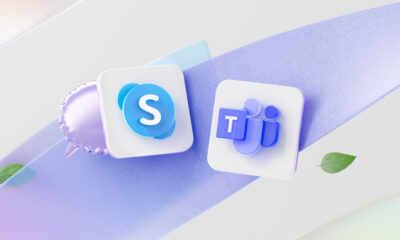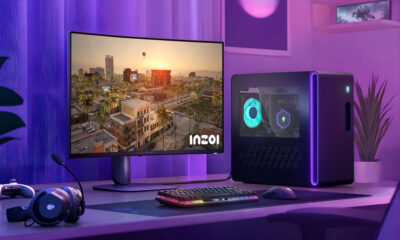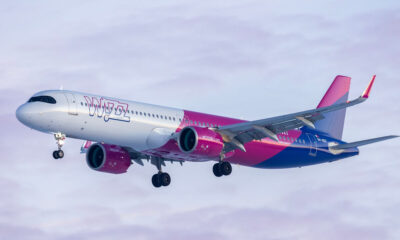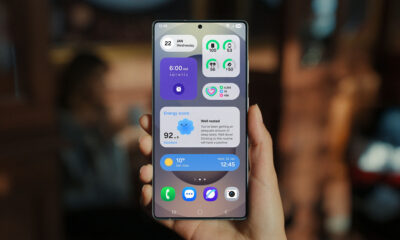News
What You Need To Know About Windows Server 2022
Learn about the new features and improvements in Windows Server 2022, including enhanced security and support for new technologies.
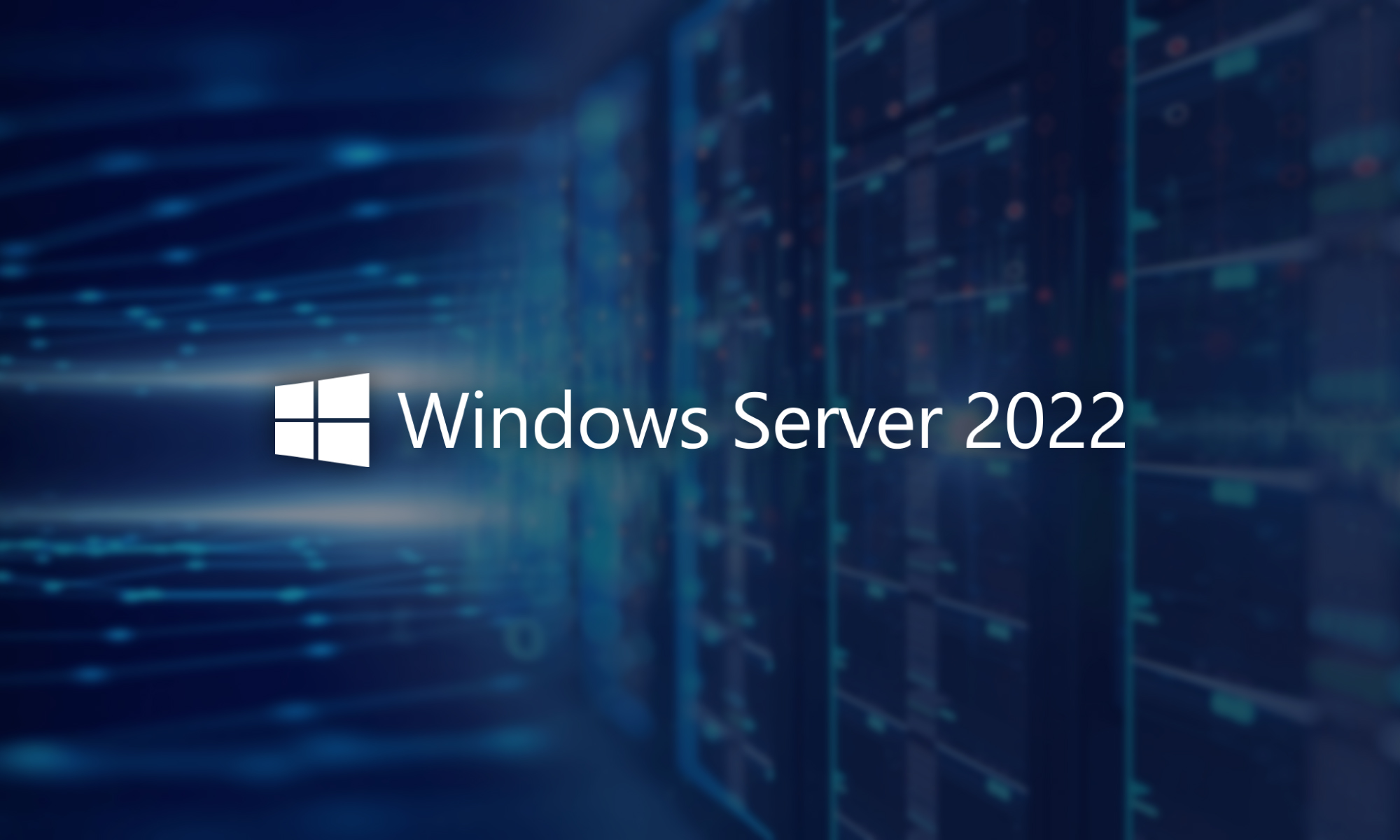
Cyberattacks are becoming more sophisticated and frequent, and running apps and data on unsupported versions of software can create significant security and compliance risks. That is why now is the ideal time to look for opportunities to move your workloads to Windows Server 2022.
Long-term servicing channel (LTSC) releases of Windows Server get 5 years of mainstream support and 5 years of extended support. For example, Windows Server 2012/2012 R2 was released in 2013, and it will be supported until October 2023. After this date, service packs and security updates will not be provided, so users will be at a greater risk of an attack.
With each major release, Microsoft’s operating system for servers gains many useful features and capabilities to help the numerous businesses and organizations that depend on it run critical workloads. The latest version, Windows Server 2022, is no different, and this article is here to explain everything you need to know about it.
Brief Introduction To Windows Server 2022
Windows Server 2022 was initially released by Microsoft on August 18, 2021. As the tenth LTSC release of the server operating system, Windows Server 2022 is expected to deliver a good number of major improvements and innovations even though the launch event was modest due to the circumstances surrounding the pandemic.
Just like previous versions, Windows Server 2022 is aimed at small, medium-sized, and large businesses and organizations that want to build an infrastructure of connected applications, networks, and web services. The latest version allows them to do just that on premises, in Azure, and at the edge.
The codebase on which Windows Server 2022 is based is derived from Microsoft’s desktop operating system, namely Windows 10. Unsurprisingly, Windows Server 2022 can run only on 64-bit CPUs (the last version to support 32-bit CPUs was Windows Server 2008).
Different Versions Of Windows Server 2022
There are various versions of Microsoft Windows Server 2022 licenses to meet the needs of many different customers:
- Windows Server 2022 Standard: The Standard version of Windows Server 2022 targets entirely physical or partially virtualized environments with up to two virtual machines and one Hyper-V host.
- Windows Server 2022 Datacenter: Businesses and organizations that really heavily on virtualization and the cloud shroud choose Windows Server 2022 Datacenter because of its great flexibility in server deployment and support for an unlimited number of virtual machines.
- Windows Server 2022 Datacenter Azure Edition: This version of Windows Server 2022 is for purely virtualized environments, offering features such as Azure Extended Networking, Hotpatch, and SMB over QUIC.
What’s New In Windows Server 2022
Now that we’ve introduced Windows Server 2022 and each of its versions, it’s time we take a closer look at some of the most noteworthy new features and capabilities it has to offer.
Security
To combat the rise of firmware vulnerabilities being exploited by cybercriminals, Windows Server 2022 uses Windows Defender System Guard to isolate critical parts of the system with virtualization-based security. These and other security-related enhancements make Windows Server 2022 the most secure version to date.
A server operating system that’s not secure enough to keep modern cyber threats at bay can easily create more problems than it solves. The security of Windows Server 2022 is enhanced with support for TPM 2.0, AES-256 encryption on SMB, UEFI Secure Boot, Boot DMA Protection, and DNS-over-HTTPS.
Hybrid Capabilities
For many businesses and organizations that have decided to embrace digital transformation, the hybrid model is the most optimal choice, allowing them to combine existing on-premises resources with the cloud.
Fortunately for them, Windows Server 2022 comes with extensive hybrid capabilities thanks to Azure Arc, a solution for running cloud-native applications even on existing hardware, virtual machines, and Kubernetes clusters. Azure Arc is designed to work hand-in-hand with Microsoft Sentinel, the first cloud-native security information and event manager (SIEM) platform.
Also, users can now perform virtual machine lifecycle management for Azure Stack HCI and VMware environments from a centralized location.
Application Platform Flexibility
Windows Server 2022 features a smaller container image size, making it faster to deploy container applications. The Windows Admin Center tool has been enhanced to allow users to easily containerize .NET applications, host them on the Azure Container Registry, and then deploy them to other Azure services, such as the fully managed Kubernetes service provided by Azure Kubernetes Service.
These improvements make it easier for businesses and organizations to take advantage of the benefits of containerization and deploy applications in a more efficient and secure manner.
Windows Server On Azure
Azure is a great platform for Windows Server to run on thanks to its native support or SQL, .NET, and other Windows Server workloads.
Azure is the only cloud platform that offers end-to-end hybrid infrastructure and consistent security, identity, and management features, allowing you to operate seamlessly across your on-premises data center and the cloud. With migration and modernization planning tools and guidance, businesses and organizations can move to Azure with confidence.
Those who use Windows Server licenses on Azure can save 40 percent or more and get free Extended Security Updates, and they can even bring their on-premises Windows and SQL Server licenses with Software Assurance to Azure to pay a reduced compute rate thanks to Azure Hybrid Benefit.
Hardware Support
Windows Server 2022 can run even on a dusty old server with a 1.4 GHz x86-64 CPU and 2 GB of RAM, but it can take advantage of much more powerful hardware than that. To be more specific, it supports up to 2,048 logical cores and 48 TB of RAM.
Windows Server 2022 also supports the latest Intel Xeon processors, providing users with hardware-level security in addition to the software-level security they’ve come to expect. The built-in security capabilities of Intel Xeon CPUs enable fast data encryption with minimal performance impact, while Intel Software Guard Extensions (Intel SGX) offers additional protection for data in memory.
Windows Server 2022 Support Lifecycle
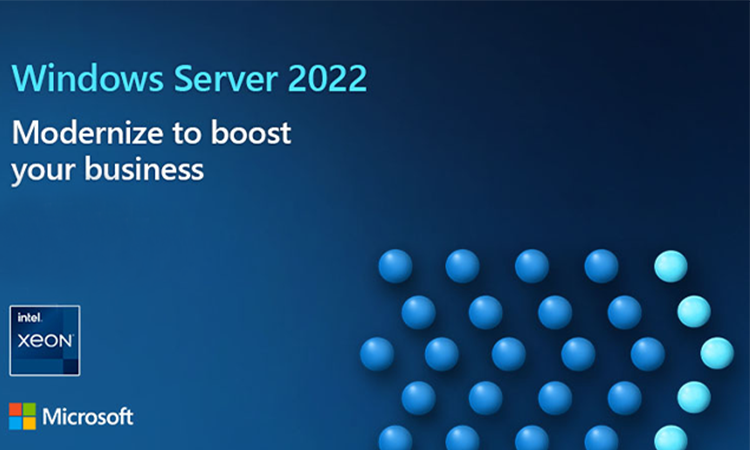
Windows Server 2012/2012 R2 was released in 2013, and it will be supported until October 2023. After this date, service packs and security updates will not be provided, so users will be at a greater risk of an attack. As a last resort option, Microsoft runs the Extended Security Update (ESU) program, giving customers the option to obtain security updates and bulletins rated critical and important for a certain amount of time (until October 2026 for Windows Server 2012/2012 R2).
Compatibility With Microsoft Server Applications
Windows Server 2022 supports the installation and functionality of many different Microsoft server applications including but not limited to Azure DevOps Server 2020.1, Exchange Server 2019 CU12 and its later versions, Host Integration Server 2020, Project Server 2019, SharePoint Server 2019, and SQL Server 2019, all of which are supported on server with desktop experience.
On top of these, Windows Server 2022 also supports more recent and updated applications such as System Center Data Protection Manager 2022, System Center Operations Manager 2022, and System Center Virtual Machine Manager 2022, which are not supported by the previous versions of Windows Server.
Conclusion
Windows Server 2022 is the latest version of Microsoft’s operating system for servers. It offers many enhanced features and capabilities to help businesses and organizations support their digitally transferred operations. Microsoft is supporting the notion of Hybrid Working Models, combining on-premises, private cloud, and public cloud services; Windows Server 2022 reflects this through and through.
For more information on Windows Server 2022, you can visit the related page on Microsoft’s website. If you’re interested in trying out the operating system before purchasing, you can download the official ISO file and test it out for 180 days.
News
Rabbit Expands Hyperlocal Delivery Service In Saudi Arabia
The e-commerce startup is aiming to tap into the Kingdom’s underdeveloped e-grocery sector with a tech-first, locally rooted strategy.

Rabbit, an Egyptian-born hyperlocal e-commerce startup, is expanding into the Saudi Arabian market, setting its sights on delivering 20 million items across major cities by 2026.
The company, founded in 2021, is already operational in the Kingdom, with its regional headquarters now open in Riyadh and an established network of strategically located fulfillment centers — commonly known as “dark stores” — across the capital.
The timing is strategic: Saudi Arabia’s online grocery transactions currently sit at 1.3%, notably behind the UAE (5.3%) and the United States (4.8%). With the Kingdom’s food and grocery market estimated at $60 billion, even a modest increase in online adoption could create a multi-billion-dollar opportunity.
Rabbit also sees a clear alignment between its business goals and Saudi Arabia’s Vision 2030, which aims to boost retail sector innovation, support small and medium-sized enterprises, attract foreign investment, and develop a robust digital economy.
The company’s e-commerce model is based on speed and efficiency. Delivery of anything from groceries and snacks to cosmetics and household staples is promised in 20 minutes or less, facilitated by a tightly optimized logistics system — a crucial component in a sector where profit margins and delivery expectations are razor-thin.
Despite the challenges, Rabbit has already found its stride in Egypt. In just over three years, the app has been used by 1.4 million customers to deliver more than 40 million items. Revenue has surged, growing more than eightfold in the past two years alone.
Also Read: Top E-Commerce Websites In The Middle East In 2025
CEO and Co-Founder Ahmad Yousry commented: “We are delighted to announce Rabbit’s expansion into the Kingdom. We pride ourselves on being a hyperlocal company, bringing our bleeding-edge tech and experience to transform the grocery shopping experience for Saudi households, and delivering the best products – especially local favorites, in just 20 minutes”.
The company’s growth strategy avoids the pitfalls of over-reliance on aggressive discounting. Instead, Rabbit leans on operational efficiency, customer retention, and smart scaling. The approach is paying off, having already attracted major investment from the likes of Lorax Capital Partners, Global Ventures, Raed Ventures, and Beltone Venture Capital, alongside earlier investors such as Global Founders Capital, Goodwater Capital, and Hub71.


